AI (Artificial Intelligence) and Machine Learning (ML) Solutions are transformative technologies that are reshaping industries by automating processes, enhancing decision-making, and enabling innovation. AI refers to the simulation of human intelligence in machines, allowing them to perform tasks like reasoning, problem-solving, understanding natural language, and recognizing patterns. Machine learning, a subset of AI, focuses specifically on enabling machines to learn from data and improve their performance over time without being explicitly programmed.
AI Solutions encompass a wide range of technologies and applications, from simple task automation to complex decision-making systems. AI can be divided into two main categories:
- Narrow AI: This type of AI is designed to perform specific tasks, such as speech recognition, image classification, and natural language processing (NLP). It is highly effective in areas like virtual assistants (e.g., Siri, Alexa), autonomous vehicles, and customer support systems.
- General AI: This type aims to mimic human cognitive abilities across a wide range of tasks. General AI is still in the research phase and has not yet been fully realized, but its potential could be revolutionary in fields such as healthcare, education, and finance.
Machine Learning Solutions, on the other hand, involve the use of algorithms and statistical models that enable machines to analyze and draw inferences from patterns in data. ML can be divided into three main types:
- Supervised Learning: The model is trained on labeled data, where both the input and expected output are known. It is widely used for classification and regression tasks, such as predicting customer churn or identifying fraudulent transactions.
- Unsupervised Learning: The model is given data without labels and must find hidden patterns or groupings. It is used for clustering, anomaly detection, and association analysis, such as segmenting customers based on purchasing behavior.
- Reinforcement Learning: In this type, machines learn by interacting with their environment and receiving feedback based on their actions. It is commonly applied in robotics, gaming, and optimization problems, such as autonomous driving or robotic process automation.
Together, AI and ML Solutions offer powerful tools for automating tasks, making data-driven predictions, and improving efficiency across industries. For instance, AI-powered chatbots enhance customer service, while ML models predict market trends or diagnose medical conditions. The integration of AI and ML into business operations enables organizations to unlock new levels of productivity, gain competitive advantages, and make smarter decisions based on data insights.
These technologies are transforming sectors such as healthcare, finance, retail, and manufacturing, and their future applications will continue to evolve as the technology advances.



